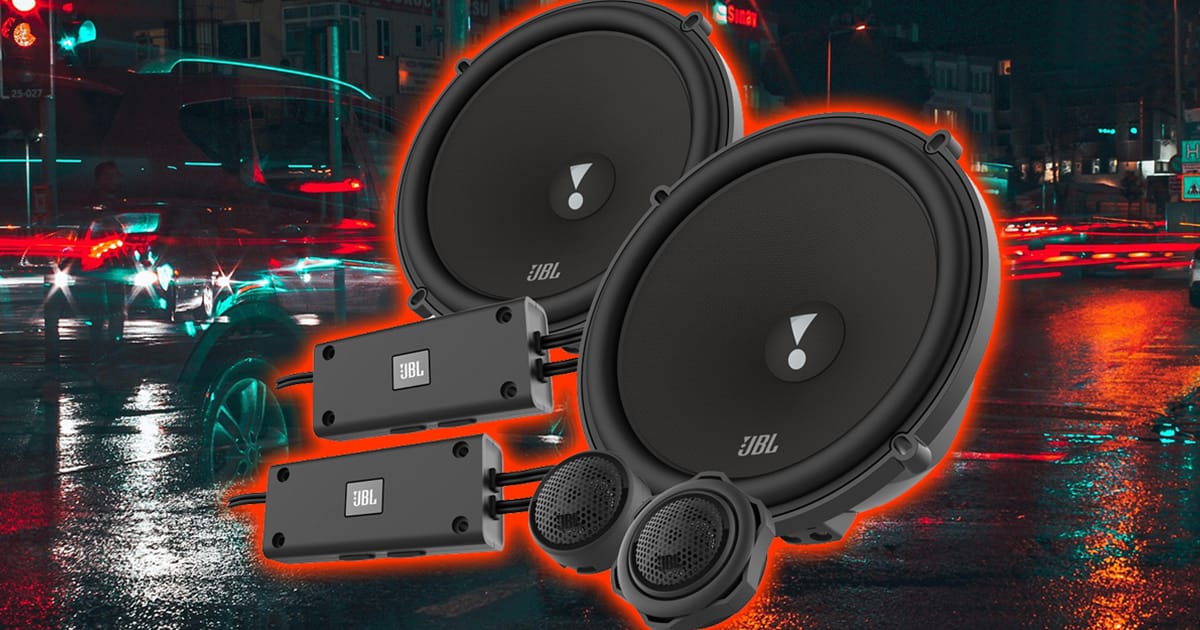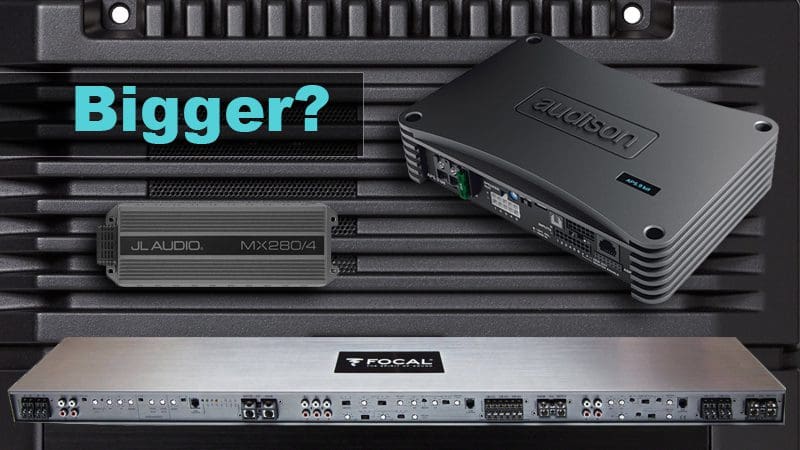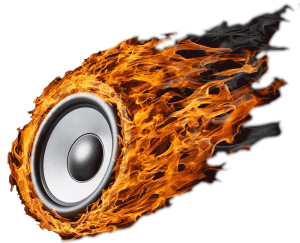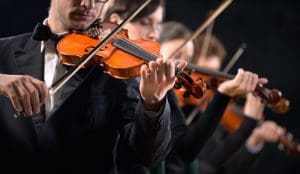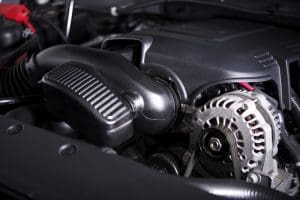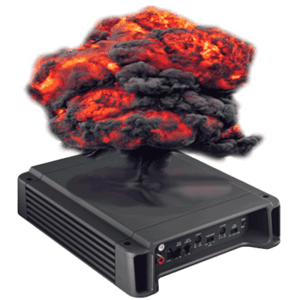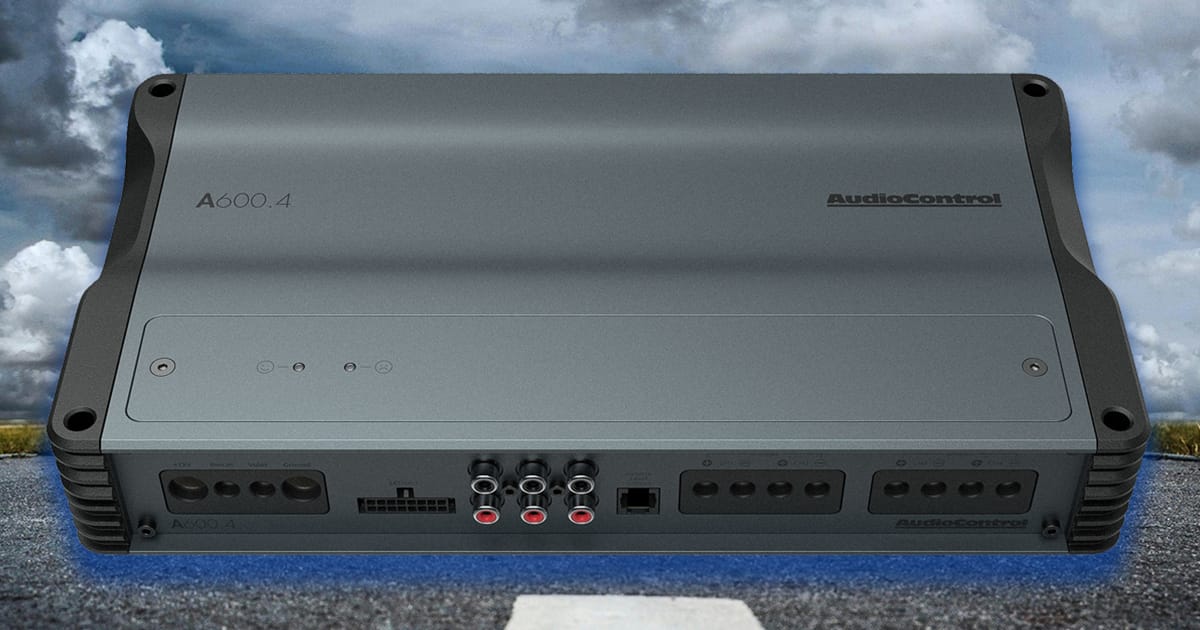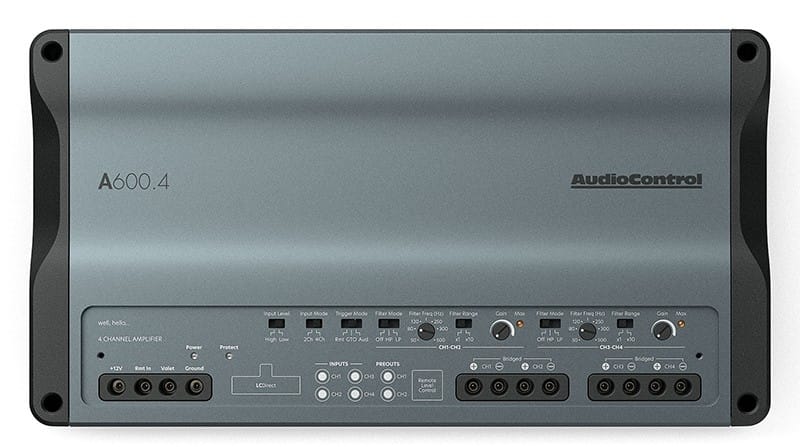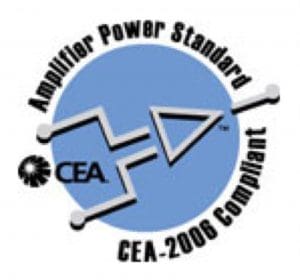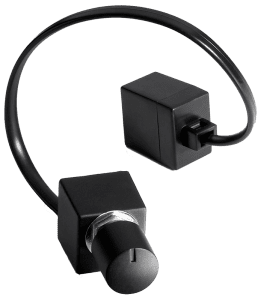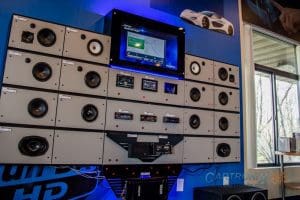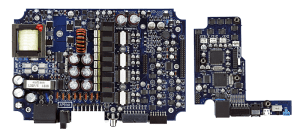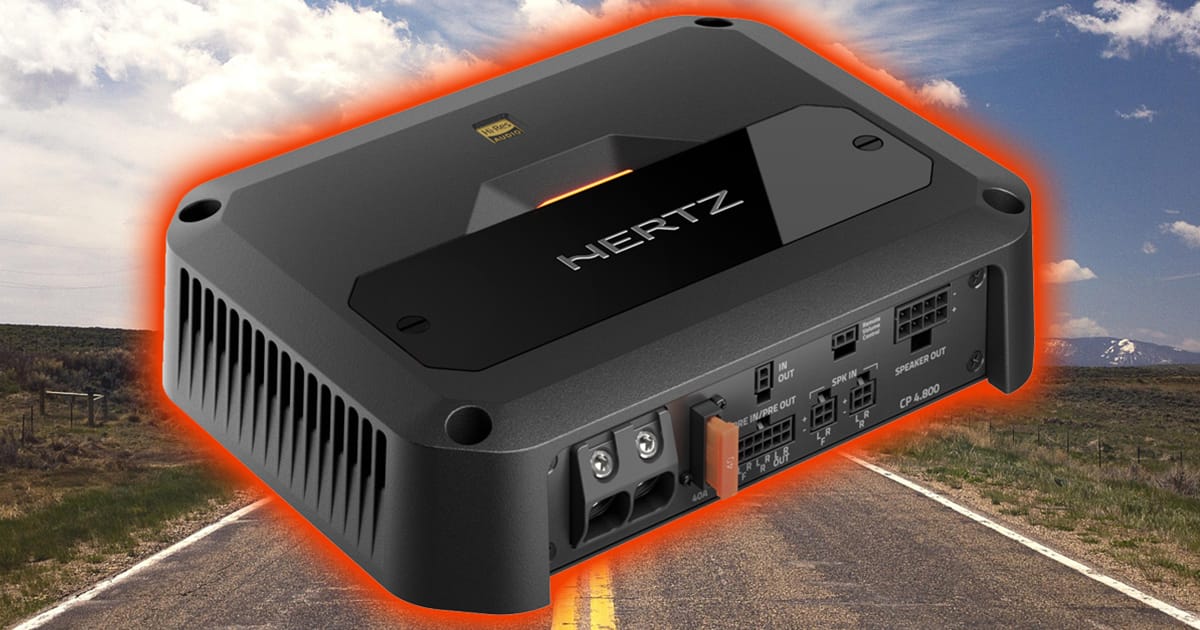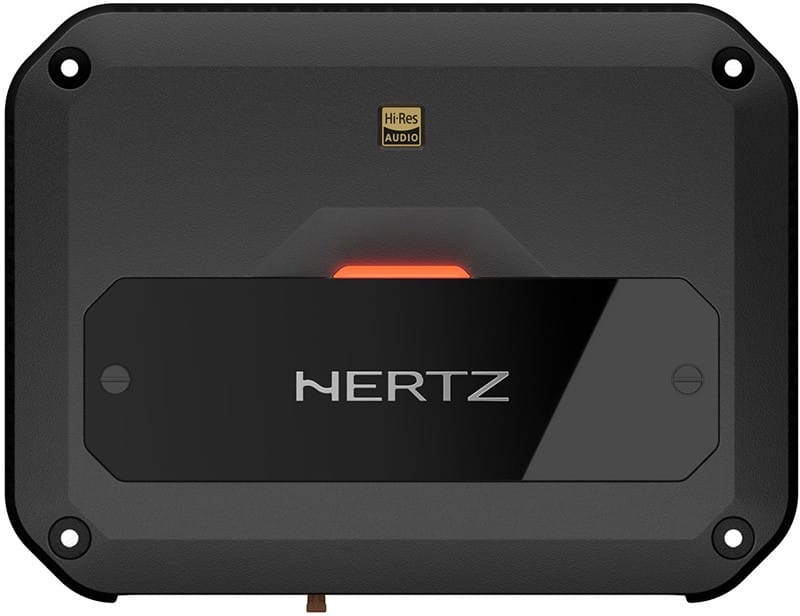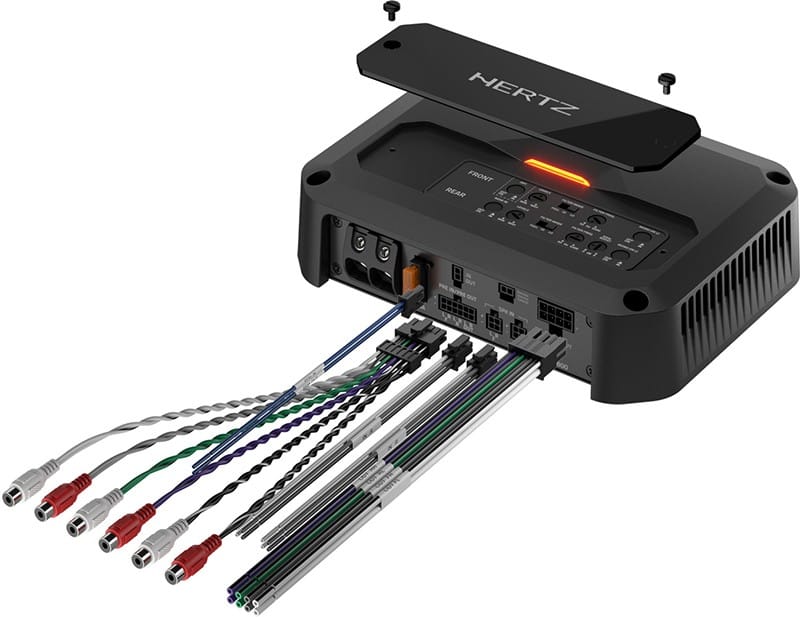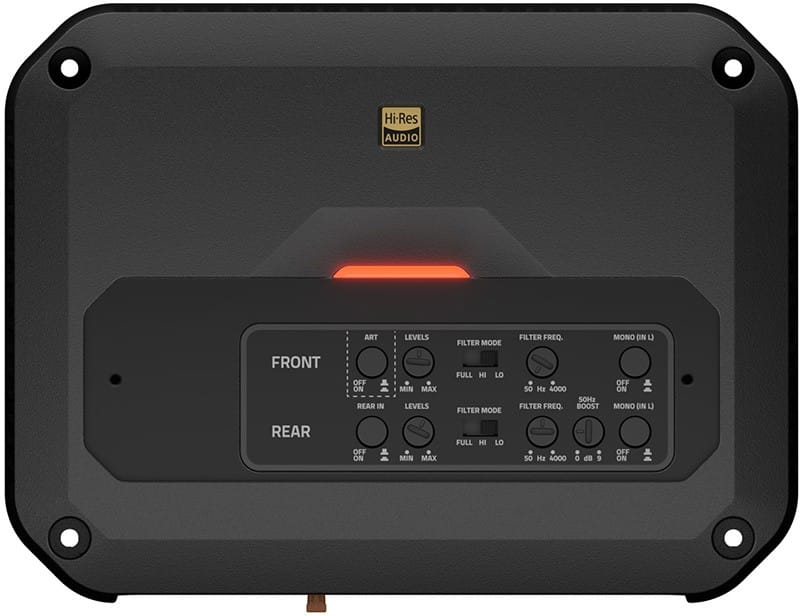If you have been to a concert, club, or movie theater, you have likely had the chance to experience JBL audio products. With a corporate pedigree that dates back over a century, JBL products are leaders in many market segments, especially portable speakers and car audio products. In this spotlight, we will take a close look at the JBL Stadium 62CF component speaker set.
The Stadium 62CF is a 6.5-inch component speaker set that includes a pair of woofers, a pair of 0.75-inch tweeters, passive crossover networks, mounting adapters for the woofers, and several options for tweeter mounting hardware.
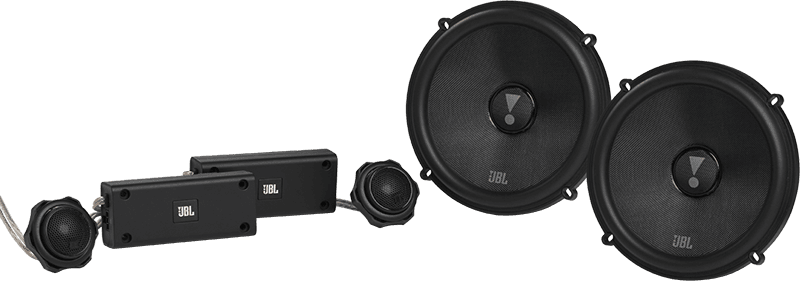
Woofer Features and Specifications
The woofers are based on a sturdy and rigid injection-molded chassis. An integrated terminal block with large gold-plated Phillips-head set screws handles electrical connections. Up front, the woofers feature a glass-fiber woofer cone and dust cap for a good balance of rigidity and damping. The drivers use the JBL Plus One+ design, which maximizes cone area to improve efficiency and low-frequency extension. These 6.5-inch class drivers have an effective cone area (Sd specification) of 143.14 square centimeters. Comparable products are typically around 120 square centimeters. This is an increase of almost 20%, which means more efficiency and bass output.
The woofers feature a high-roll rubber surround to ensure long-term durability. The speakers are rated for 110 watts of continuous power, with peaks of 330 watts. While we’re discussing specifications, the Stadium 62CF woofer’s mounting depth is 2.125 inches, and the required cutout is 5.125 inches. The Stadium 62CF set is designed as a factory replacement solution and, as such, doesn’t come with grilles for the woofers.
Another unique feature of the Stadium 62CF speakers is that the voice coils are wound to a nominal impedance of three ohms. This helps whatever amplifier you are using produce a little extra power without the impedance being so low as to affect distortion performance. The lower impedance also bumps efficiency, which JBL rates at 93 dB at 2.83 volts measured at 1 meter. This makes the set ideal for installations powered directly by a factory-installed or aftermarket head unit. However, the high power handling also allows the set to be used with a moderately powerful aftermarket amplifier.
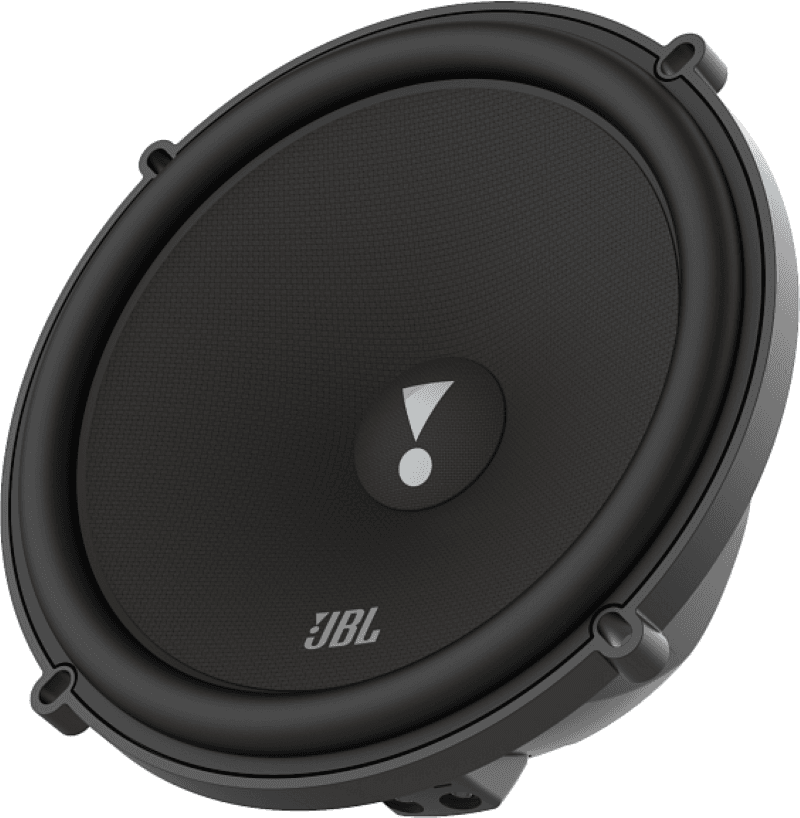
Tweeter and Crossover Features
The tweeters in the Stadium 62CF kit feature an edge-driven aluminum dome design. JBL states that the tweeters will play up to 40 kHz, making them ideal for high-resolution audio systems. The kit includes mounting hardware for flush and surface-mount installations.
The Stadium 62CF kit includes a pair of passive crossover networks housed in slender plastic cases. The crossovers include two switches. The first selects an output level for the tweeter of 0 or -3 dB. This is a good feature if the tweeters are mounted much closer to the listening position than the midrange, and your installer needs to attenuate their output. The second switch selects between two-way and three-way operation. JBL offers a two-inch midrange set, the Stadium 22S, and a three-inch set, the Stadium 32S, which can be paired with the Stadium 62CF to create a three-way system.
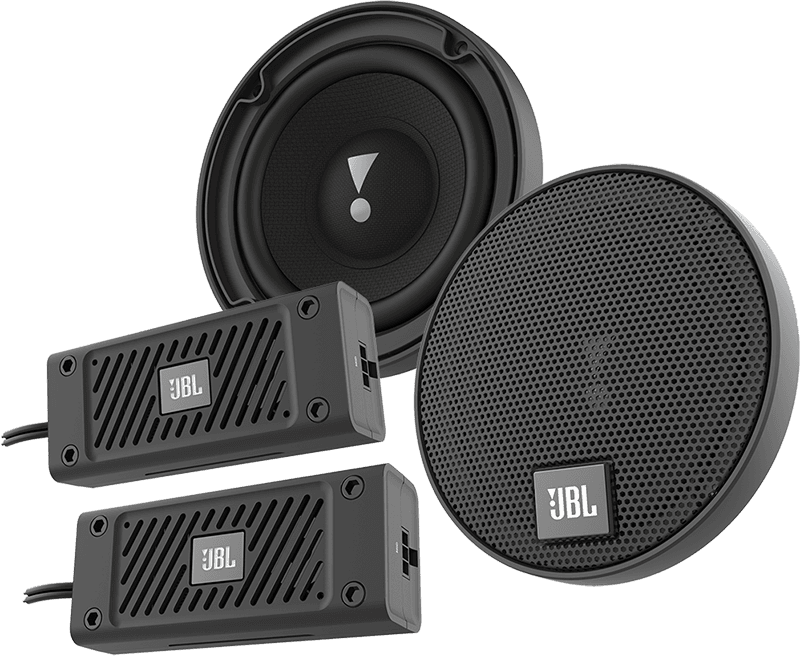
Upgrade Your Car Audio System with JBL Stadium Speakers!
If you are shopping for a speaker system that leverages intelligent features to deliver impressive audio performance, consider the JBL Stadium 62CF set. The JBL Stadium series includes 5.25-inch component speakers, along with 6×9-, 6×8-, 5.25-, and 6.5-inch coaxial models. You can learn more about JBL car audio products by visiting their website and following them on Facebook, Instagram, and YouTube.
This article is written and produced by the team at www.BestCarAudio.com. Reproduction or use of any kind is prohibited without the express written permission of 1sixty8 media.
